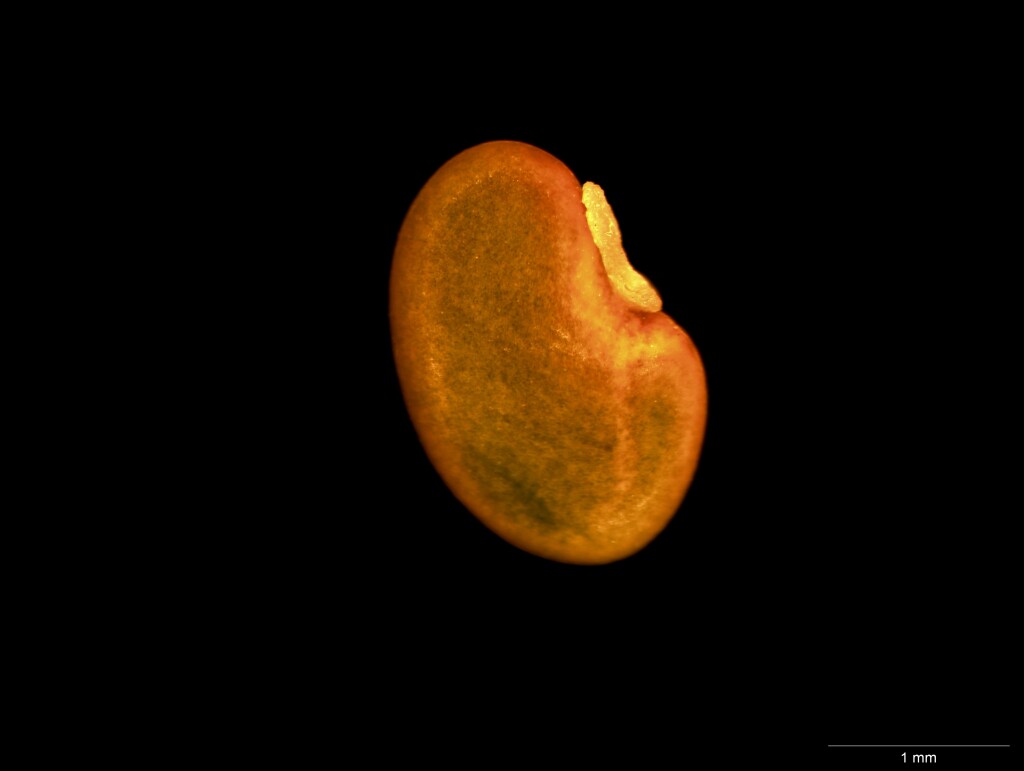Daviesia schwarzenegger
Crisp & L.G.CookDense, spreading shrub 0.5–1.5 m tall, often root-suckering; branches glabrous; branchlets terete, green to somewhat glaucous, becoming longitudinally wrinkled on drying. Stipules absent; phyllodes terete, 10–25(–35) mm long, 1–2 mm diam., spreading to slightly ascending, green, smooth, rigid, pungent (spine 1–2 mm long), continuous with branchlet at base, usually irregularly longitudinally wrinkled when dry; midrib not apparent. Inflorescences 1 or 2 per axil, racemose, mostly 2–4-flowered, rachis 2–7 mm long; peduncle 0–1 mm long; pedicels to c. 1 mm long, subtended by an obovate, concave, recurved bract c. 1 mm long. Calyx 2.5–3 mm long including c. 1 mm receptacle, teeth short, apiculate, upper 2 partly united, often pruinose; corolla mostly yellow-brown; standard transversely elliptic, 3–4 mm long, c. 4 mm wide, yellow-brown with a yellowish centre. Pod broadly obtriangular, 5–7 mm long, 4–6 mm wide; seeds ovoid, c. 2.5 mm long, compressed. Flowers Sep.–Nov.
VRiv, Gold, GGr. Also SA, NSW. Largely confined to mallee and box-ironbark woodlands between Charlton and Rushworth. An outlying western record from the Grampians (1899) is dubious and may be the result of mislabelling.
Previously included (as subsp. humilis) in Daviesia benthamii but that species is now restricted to Western Australia. The species epithet is a lighthearted reference to it being the larger one of a pair including Daviesia devito, after a movie ('Twins') in which the two so-named actors played very unalike twins. Apart from stature, it is distinguised from D. devito by the absence of stipules, smaller flowers and stems that are usually longitudinally wrinkled rather than ribbed. All three species (i.e. D. benthamii, D. devito and D. schwarzenegger) were previously included in a broad concept of D. genistifolia in Victoria (e.g. Willis 1973).
 Spinning
SpinningWillis, J.H. (1973). A handbook to plants in Victoria. Melbourne University Press, Carlton.

